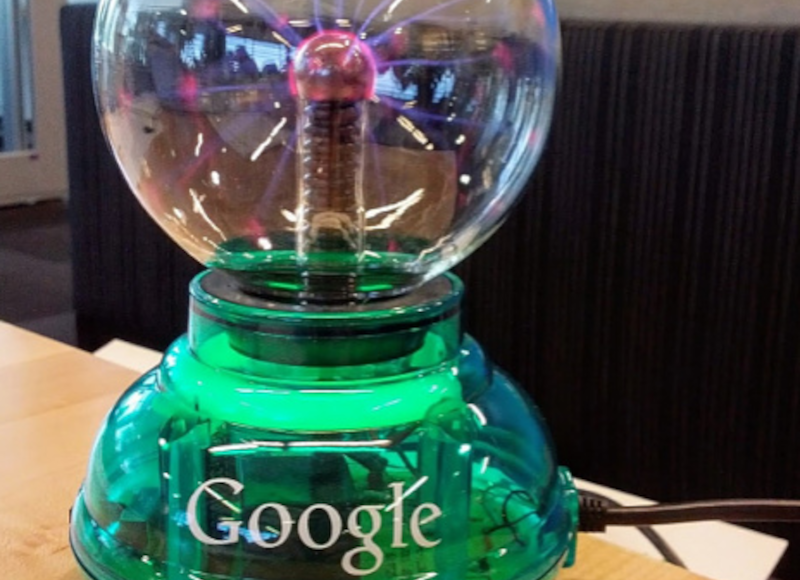Hacking Google with Plasma

Google recently made some videos to highlight cybersecurity. The video below is episode three, and it tells an interesting story about the first crash test dummy. However, the really interesting part is the story about a USB plasma globe built to hack into computers. One of the people who built that globe tells the story of its insides in a recent blog post that has a bit more technical detail.
The attack in question was in 2012, when people were starting to get the idea that inserting random USB drives into their computers wasn’t a great idea. However, what harm could there be in a cute little plasma globe that just draws power from the port?
Well, as we know, it could be plenty dangerous. The globe in question was off-the-shelf, but had a ATMega32U4 chip in the bottom part of the cable. the LUFA USB library provided keyboard device emulation. The idea is the globe would bide its time and then type a dangerous payload.
Keyboards are especially insidious because the operating system usually just accepts their presence quietly. You don’t get prompted to allow the keyboard or install drivers. Unless, they found, you are using a Mac. But don’t get too impressed by the Mac security. The only reason it shows a dialog is it is trying to figure out the layout of an unknown keyboard.
The solution was simple. As long as you are hacking, you might as well rip off an Apple USB ID so the operating system knows what kind of keyboard it is supposed to be. Problem solved. You can see the plasma globe in question around 8:30 in the video.
It is an interesting story and not the first time we’ve seen a Trojan horse approach to steal secrets. Of course, you can make a truly destructive USB device, but we don’t suggest it.
Post a Comment